Intentionally lighting a fire onboard a spacecraft might seem like a bad idea. But in order to understand how fire behaves on a spacecraft, and in order to reduce the risk from fire to crew members and equipment, NASA engineers are doing just that. The test, dubbed Spacecraft Fire Experiment, or Saffire, will be conducted on the Orbital ATK Cygnus cargo vehicle, on March 22nd.
The fire will be ignited remotely inside a 3ft. x 3ft. x 5ft. container inside Cygnus, once the craft has delivered its supplies to the ISS and is returning to Earth. Until now, the only combustion tests performed have been small fires aboard the ISS, in microgravity conditions. The containers at the heart of the Saffire experiments will allow the team of engineers conducting the tests to burn larger materials, and get a better understanding of how a larger fire will behave.
The tests will be performed prior to the destruction of Cygnus as it re-enters Earth’s atmosphere. Data and images from the fire will be transmitted to the researchers at the Glenn Research Center, home of the Saffire experiment, and shared with international partners.
Jason Crusan is NASA’s Advanced Exploration Systems director, and he had this to say about the experiment: “NASA’s objective is to reduce the risk of long-duration exploration missions, and a spacecraft fire is one of the biggest concerns for NASA and the international space exploration community.”
A fire aboard a deep space mission could be disastrous, with no possibility of escape or rescue for crew members. Inside a spacecraft, there’s no way for the heat and pressure generated by a fire to escape. If the fire generates any toxic by-products, they can’t escape either, which creates a very dangerous situation.
The Soviet space station MIR suffered a fire in 1997. The fire lasted either 90 seconds, or 14 minutes, depending on who you ask. American astronaut Jerry Linenger was on-board MIR at the time. Here’s his description of the fire, from his memoir “Off the Planet.”
As the fire spewed with angry intensity, sparks – resembling an entire box of sparklers ignited simultaneously – extended a foot or so beyond the flame’s furthest edge. Beyond the sparks, I saw what appeared to be melting wax splattering on the bulkhead opposite the blaze. But it was not melting max. It was molten metal. The fire was so hot that it was melting metal.
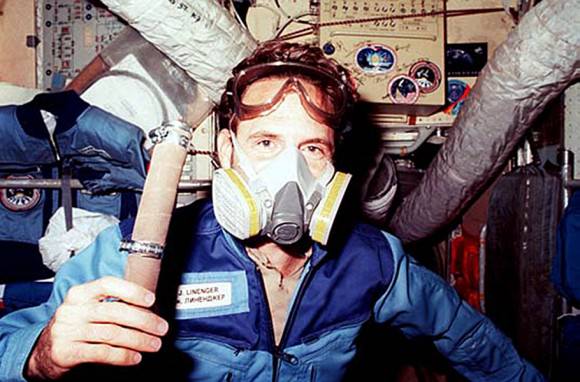
A catastrophic spacecraft fire hit NASA in the early years of the Apollo missions. Apollo 1, which was the first of the manned Apollo missions, never got off the ground. A cabin fire broke out during a launch rehearsal test in January 1967, and killed the entire crew.
“Gaining a better understanding of how fire behaves in space will help further NASA’s efforts in developing better materials and technologies to reduce crew risk and increase space flight safety,” said Gary A. Ruff, NASA’s Spacecraft Fire Safety Demonstration project manager.
There will actually be 3 Saffire tests in 2016. All three will be conducted on Cygnus ships, inside the same containers, but each test will burn different material samples. Three more similar tests are planned for 2018.

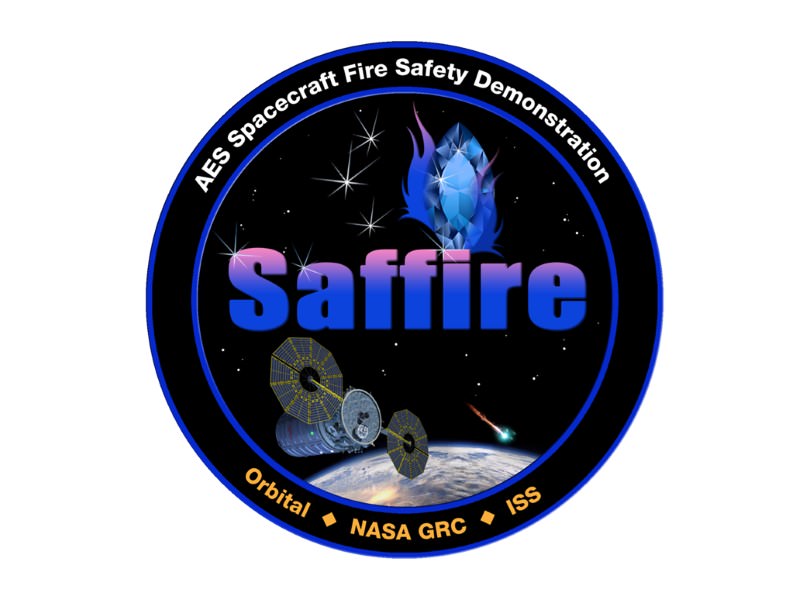


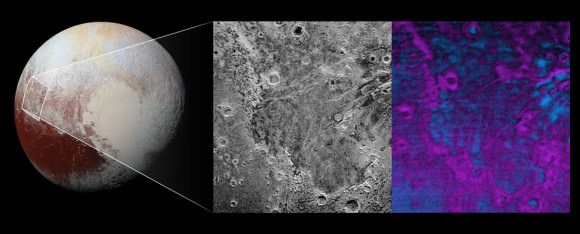


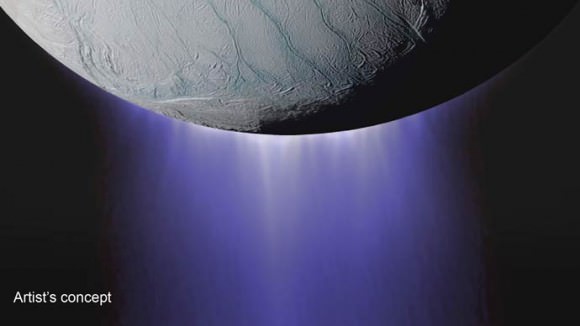

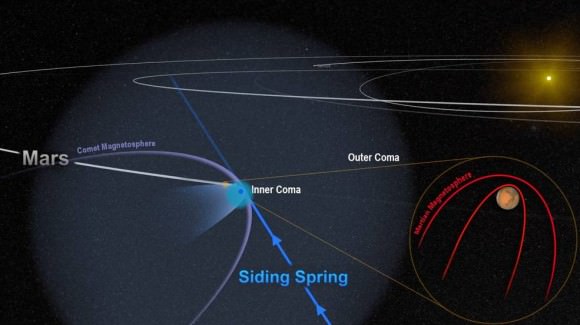
 Martian Eye Candy: A beautiful picture of some dunes on the surface of Mars. Thanks MRO! (Image: NASA/JPL-Caltech/University of Arizona)
Martian Eye Candy: A beautiful picture of some dunes on the surface of Mars. Thanks MRO! (Image: NASA/JPL-Caltech/University of Arizona)
